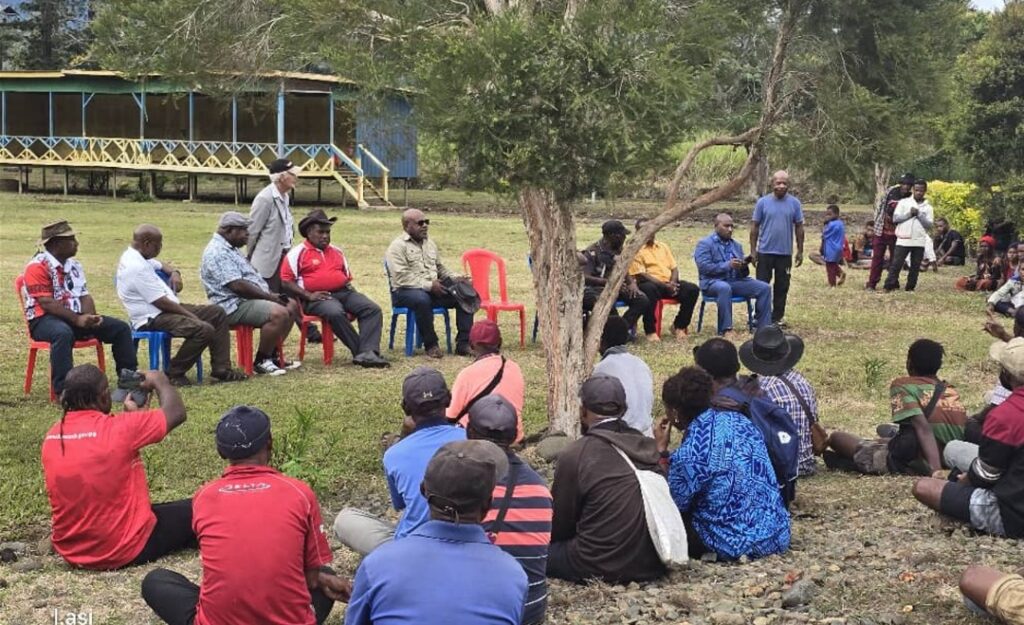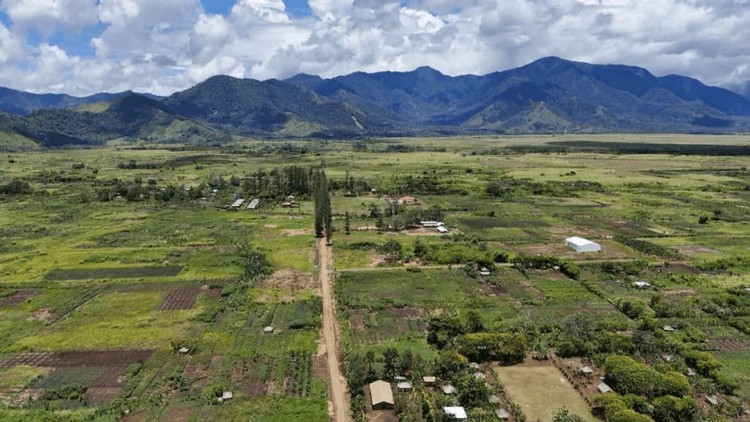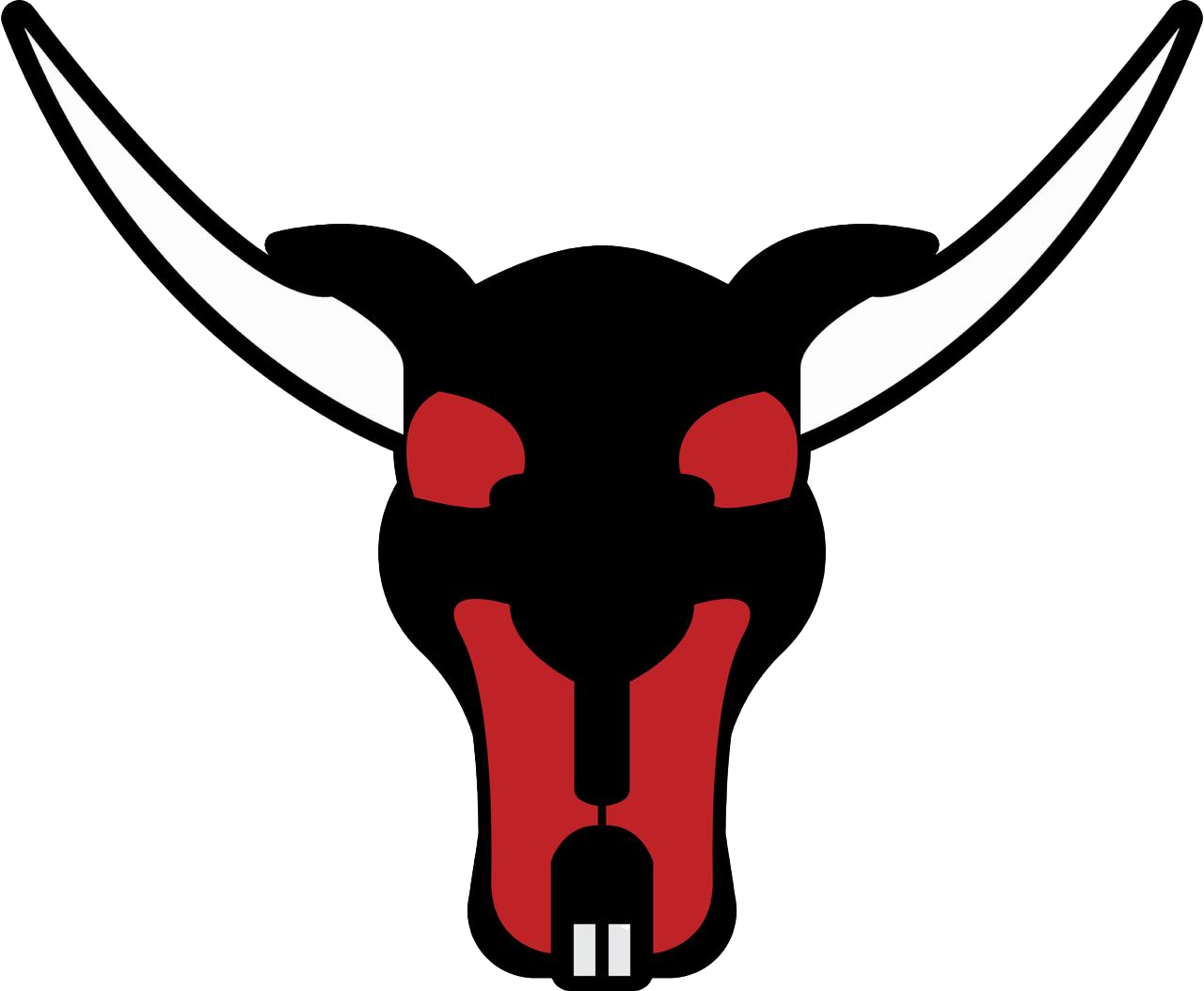Baiyer Cattle Estate

Members of the Board and Management of LDC address the communities at the Baiyer to reclaim the 4600ha of land.

Scenic view of the one time thriving Baiyer Valley Cattle Ranch .
The Baiyer River Cattle Ranch, located in the Western Highlands Province, was once one of Papua New Guinea’s largest and most productive cattle operations. Established in 1961, it played a vital role in supplying beef for local consumption and export markets. However, the ranch was shut down in 1992 and remained abandoned for over three decades, with settlers and customary landowners occupying parts of the land and the infrastructure deteriorating over time.
Under Prime Minister James Marape’s directive, the Livestock Development Corporation (LDC) has prioritized reclaiming and rehabilitating this state-owned property as part of the Medium-Term Development Plan IV (2023–2027), which aims to make PNG self-sufficient in meat production by 2030. The ranch spans approximately 4,000 hectares and is considered a strategic asset for revitalizing the livestock industry.
The rehabilitation plan includes restoring perimeter fencing, staff housing, and ranch infrastructure, as well as installing solar-powered water systems and stockyards. Once operational, Baiyer will serve as a cattle breeding and distribution center for the Highlands region, supplying meat to provinces such as Enga, Jiwaka, Hela, and Southern Highlands.
Community and SME engagement will be central to the project, with LDC working alongside landowners, the Mul-Baiyer Lumusa District Development Authority, and the Provincial Authorities. The initiative promises employment opportunities, economic growth, and structured supply chains for smallholder farmers, positioning Baiyer as a cornerstone of PNG’s livestock revival.

